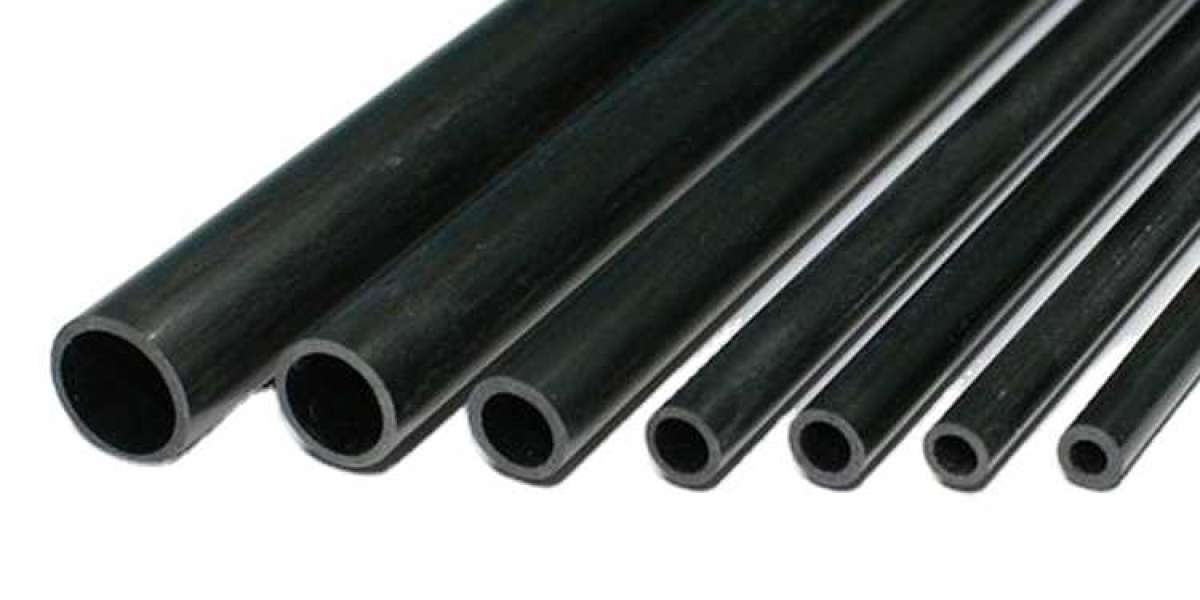Carbon fiber is a lightweight, high-strength material that has found extensive use in various industries. It has been used in the aerospace, automotive, and sports equipment industries for its exceptional strength-to-weight ratio, which allows for the production of lighter yet more robust structures. With the advancements in 3D printing technology, carbon fiber can now be used to produce parts and components using 3D printing techniques. Here in this article we will discuss about the use of carbon fiber in 3D printing, its potential for transforming the manufacturing industry, its advantages, and challenges.
Potential Of Carbon Fiber In Transforming The Manufacturing Industry
3D printing of carbon fiber composites offers unique advantages over traditional manufacturing techniques, such as injection molding and machining. It allows for the production of complex geometries that are impossible to achieve with other methods.
The 3D printing of carbon fiber composites involves the use of a carbon fiber-filled polymer filament. The filament is typically made by combining carbon fibers with a thermoplastic polymer, such as ABS, PLA, or nylon. The carbon fiber filament is then fed into a 3D printer that extrudes the material layer-by-layer to build up the final part. The printing process is similar to traditional Fused Deposition Modeling (FDM) 3D printing, but with the addition of carbon fibers.
The addition of carbon fibers to the polymer matrix results in a composite material with superior mechanical properties compared to traditional 3D printing materials. Carbon fiber sheet composites have a higher strength-to-weight ratio than metals, making them ideal for lightweight and strong parts. The addition of carbon fibers also increases the stiffness and thermal conductivity of the material, making it suitable for high-temperature applications.
Applications of Carbon Fiber in 3D Printing
The use of carbon fiber in 3D printing also offers design flexibility. Earlier the carbon fiber manufacturers used the traditional techniques that were limited in their ability to produce complex geometries. However, 3D printing allows for the production of complex shapes and internal structures, which can reduce weight while maintaining strength. The design flexibility of 3D printing also allows for the customization of parts to meet specific requirements.
It has now opens up new possibilities for various industries, including aerospace, automotive, and medical. Some potential applications include:
Aerospace Components
The aerospace industry requires lightweight, high-strength components for spacecraft and aircraft. Carbon fiber 3D printing can produce parts with complex geometries, reducing weight while maintaining structural integrity. This can lead to improved fuel efficiency and reduced emissions.
Automotive Parts
The automotive industry can also benefit from carbon fiber 3D printing. The use of carbon fiber composites in parts such as body panels, suspension components, and engine parts can result in lighter and stronger vehicles. This can improve fuel efficiency, performance, and safety.
Medical Implants
Carbon fiber can also be used to produce medical implants such as bone plates and joint replacements. The biocompatibility of carbon fiber composites makes them suitable for implantation in the body. 3D printing allows for the customization of implants to fit individual patients, leading to improved outcomes.
Environmental Impact
The use of carbon fiber in 3D printing can also have a positive impact on the environment. The lightweight, high-strength properties of carbon fiber can lead to reduced material consumption and energy usage. This can result in lower carbon emissions and improved sustainability.
Advantages of Carbon Fiber in 3D Printing
Superior Mechanical Properties
Carbon fiber products have a higher strength-to-weight ratio than metals, making them ideal for lightweight and strong parts. The addition of carbon fibers also increases the stiffness and thermal conductivity of the material, making it suitable for high-temperature applications.
Design Flexibility
3D printing allows for the production of complex shapes and internal structures, reducing weight while maintaining strength. The design flexibility of 3D printing also allows for the customization of parts to meet specific requirements.
Small Batch Production
3D printing does not require any tooling or molds, making it an ideal solution for small batch production. This makes it more economical to produce small quantities of parts.
Challenges of Carbon Fiber in 3D Printing
Abrasion
Carbon fiber composites can be abrasive, leading to increased wear on 3D printer nozzles. Specialized 3D printers with hardened nozzles have been developed to overcome this challenge.
Filament Handling
The carbon fiber filament can be challenging to handle due to its high stiffness and tendency to tangle. Specialized filament feeding systems have been developed to address this issue.
Conclusion
The use of carbon fiber in 3D printing offers many advantages over traditional manufacturing techniques, including superior mechanical properties, design flexibility, and small batch production. While there are challenges to overcome, the benefits of using carbon fiber composites in 3D printing make it an attractive solution for many applications. As 3D printing technology continues to advance, it is likely that the use of carbon fiber composites will become even more widespread in the future.








